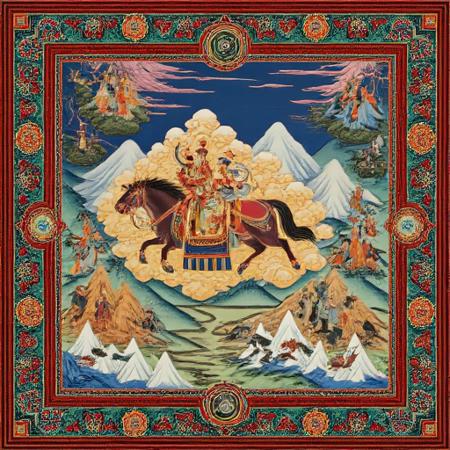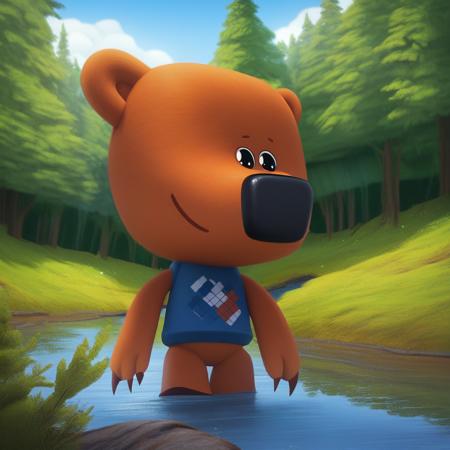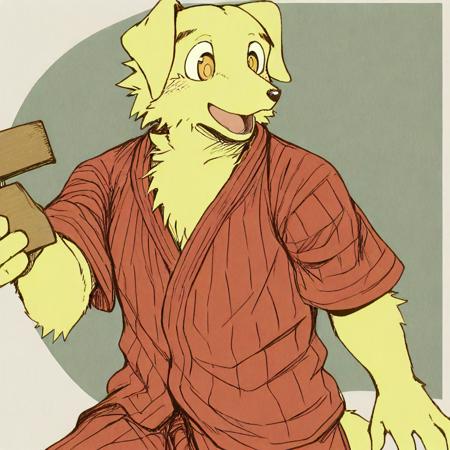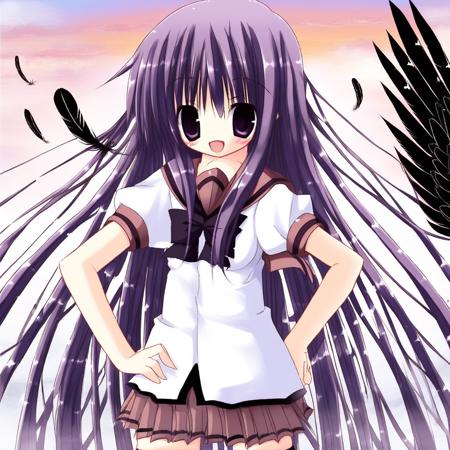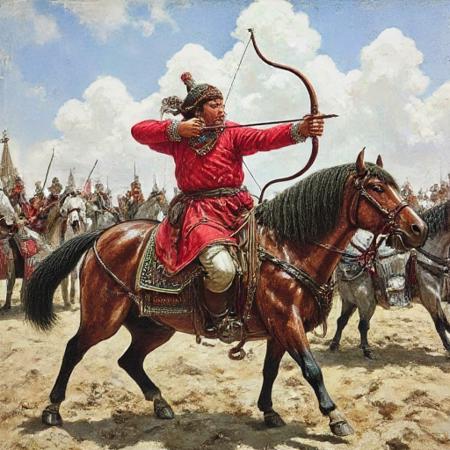
Mongolian life and history are deeply intertwined with its rich artistic heritage, reflecting the unique nomadic culture, spirituality, and historical events that have shaped the nation.
Nomadic Lifestyle
Mongolia's traditional nomadic lifestyle has had a profound impact on its art. The nomads, who move seasonally in search of pasture for their livestock, live in gers (yurts) — portable, round tents that are both functional and beautifully decorated. This nomadic existence fosters a close connection with nature, which is often depicted in Mongolian art through landscapes, animals, and scenes of everyday life. The morin khuur (horsehead fiddle), with its symbolic horse's head carving, embodies the nomadic spirit and is a prominent cultural symbol in Mongolian music and art.
Spirituality and Religion
Mongolian art is heavily influenced by the nation's spiritual beliefs, particularly Tibetan Buddhism and shamanism. Tibetan Buddhism brought intricate thangka paintings, depicting deities, mandalas, and religious narratives. These paintings are characterized by their vivid colors and meticulous detail, reflecting spiritual teachings and meditative practices. Shamanistic traditions, with their belief in nature spirits and ancestral connections, are often represented through symbols such as animal totems, drums, and ritual objects.
Historical Influences
Mongolia's history, marked by the rise of the Mongol Empire under Genghis Khan, also shapes its art. The legacy of the empire is celebrated through depictions of epic battles, portraits of leaders, and symbols of power such as the Soyombo. This emblem, which includes elements representing fire, sun, moon, and balance, signifies Mongolia's independence and rich cultural heritage.
Artistic Expression
Mongolian artists express their cultural identity through various mediums, including painting, sculpture, and textile arts. Traditional clothing, such as the deel (a long tunic), features intricate embroidery and patterns that reflect regional and tribal identities. Contemporary Mongolian artists continue to draw inspiration from their heritage, blending traditional themes with modern techniques to create works that honor the past while engaging with the present.
In essence, Mongolian art is a vibrant reflection of the nation's nomadic way of life, spiritual depth, and historical legacy, offering a window into the soul of Mongolia.
描述:
训练词语:
名称: 1309737_training_data.zip
大小 (KB): 3263
类型: Training Data
Pickle 扫描结果: Success
Pickle 扫描信息: No Pickle imports
病毒扫描结果: Success
名称: Mongolian_style_by_Cosmic.safetensors
大小 (KB): 18818
类型: Model
Pickle 扫描结果: Success
Pickle 扫描信息: No Pickle imports
病毒扫描结果: Success

